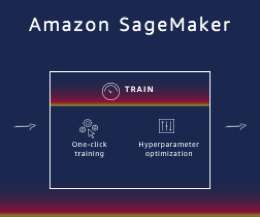Infinitely scalable machine learning with Amazon SageMaker
All Things Distributed
MARCH 19, 2018
In machine learning, more is usually more. For example, training on more data means more accurate models. At AWS, we continue to strive to enable builders to build cutting-edge technologies faster in a secure, reliable, and scalable fashion. Machine learning is one such transformational technology that is top of mind not only for CIOs and CEOs, but also developers and data scientists.















Let's personalize your content